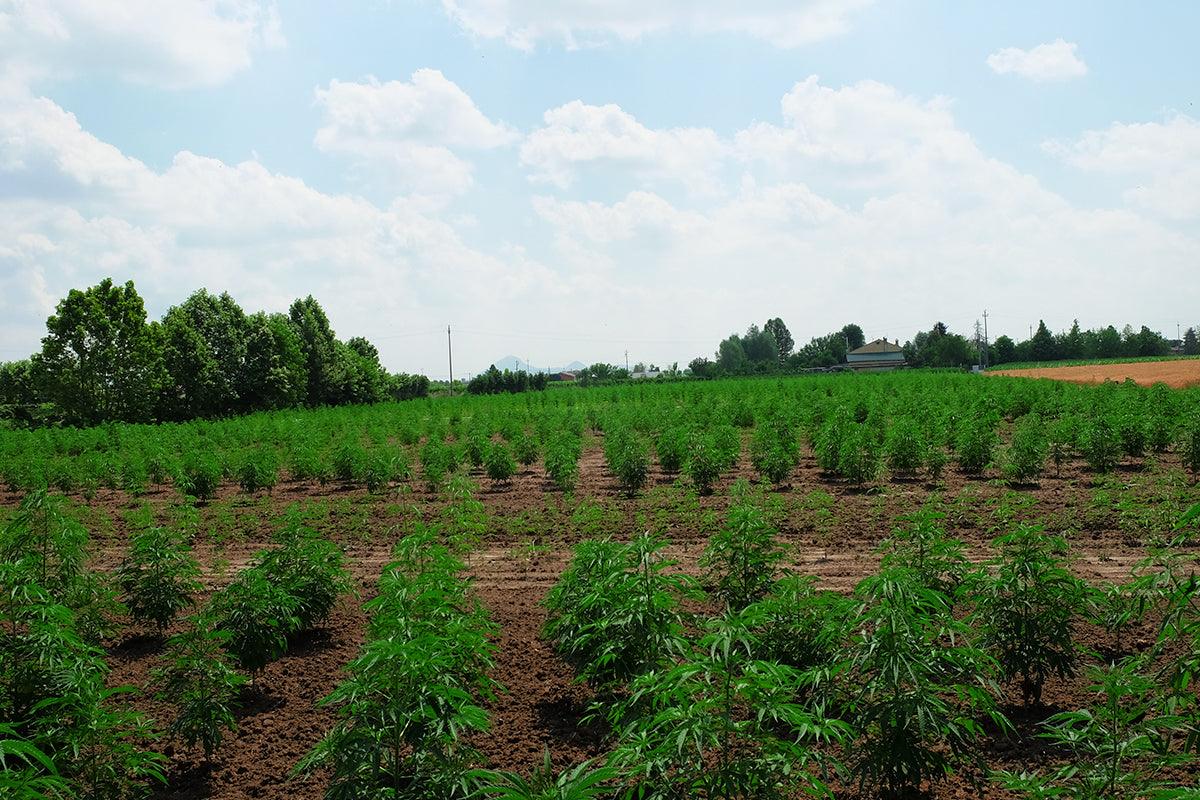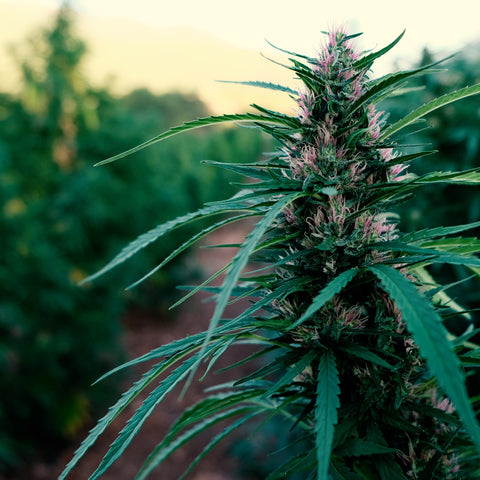It's easy to say outdoor. Choosing to grow your own grass outdoors is always a wise decision: the plant is in its natural habitat, absorbs all the sunlight available to it and has no space limitations for growth.
The outdoors, however, is always a risk: greenhouse cultivation allows you to keep under control all the vital parameters and the quality of the environment in which the plant grows and develops and - barring malfunctions and other unforeseeable events - allows you to reach to the harvest in peace. Outdoor cultivation, on the other hand, is an unknown. Choosing the right season is sometimes not enough, even summer can reserve surprises and cause our plants to suffer.
More than excessive heat, however, marijuana fears the cold : when the temperature drops below 15°, cannabis plants begin to suffer. There are many ways to overcome the problem, you need to know the area in which you decide to grow well and above all choose the right genetics for the area and climate. Summary:
- What are the agronomic characteristics of cannabis?
- Cannabis Ruderalis: the genetics that love the cold
- Outdoor cultivation: where to start
- Which varieties to choose for a good outdoors in cold climates?
- Outdoors in cold climates: a short guide
Listen to the audio version of our article while visiting our store:
What are the agronomic characteristics of cannabis?
Hemp grows naturally in areas with a temperate climate, but can withstand the most diverse climates. It is a very resistant plant, which adapts to soils that are difficult to grow with other plant varieties.
It can be grown repeatedly on the same soil , since it does not impoverish it, but - on the contrary - softens its structure.
It is also highly appreciated for its phytoremediation capacity: growing cannabis on polluted land is the simplest and least expensive operation to reclaim it.
Ruderalis cannabis: genetics that love the cold
Ruderalis is probably the oldest genetic among Cannabis varieties, but it only appeared on the market a few years ago.
It is not a plant suitable for mass cultivation, since it produces low yields also due to its small size . It has become interesting for the modern cannabis market thanks to some of its characteristics, in particular thanks to its high resilience and its flowering cycle independent of the variation in the hours of light to which it is subjected.
These aspects mixed well with Indica or Sativa genetics can give life to large plants, with copious yields and less delicate than pure genetics.
Its precious vegetative characteristics are due to the places in which the plant developed, namely the northernmost areas of the planet , such as Russia, China and Poland, countries with little exposure to sunlight and plagued by very cold temperatures.
Ruderalis has managed to evolve so as not to succumb to such a hostile habitat, and has developed a flowering cycle that does not vary with variations in light, but is triggered exclusively by the age of the plant. For this reason the size of a Ruderalis will always be small and its production yields somewhat mediocre.
The effects of a 100% pure Ruderalis strain are virtually non-existent, due to its extremely low levels of THC and CBD. However, through selective breeding, it is possible to create Indica or Sativa dominant varieties, but with the resilience and autoflowering properties of Ruderalis genetics.
Outdoor cultivation: where do you start?
The outcome of a cannabis cultivation is primarily determined by the genetics chosen. If the cultivation will be started in an area with a particularly cold climate, it is necessary to pay close attention to the cannabis variety chosen .
Indoor cultivation leaves much more freedom, since the variables are fewer and more controllable, even by a non-expert grower. If the grower is an expert, indoor cultivation will certainly be successful.
However, even indoors can reserve some surprises: if the temperature drops suddenly, even the best set-up grow room will be affected .
When the temperature drops below 15°C, cannabis plants suffer: the risk of pathogenic bacteria and weeds increases exponentially, growth stops and, if the cold doesn't go away, even the leaves will lose color.
Which varieties to choose for a good outdoor experience in the cold?
Outdoor cultivation is for tenacious and resistant plants, the only ones with a real chance of surviving a cold winter. However, the cold is a source of stress for the plant, so it is best to avoid it if you already know that ice or snow will arrive.
It is advisable to start cultivation indoors , at least for the time necessary for the shoot to grow and strengthen, and to use pots ; if temperatures become very low, it is always advisable to cover the plant with plastic sheets or - in extreme cases - move it to a greenhouse.
Autoflowering strains are definitely the best for growing in the cold, since they can go from seed to flower in just 8 weeks from germination . The ruderalis genetic heritage makes autoflowering varieties very resistant to cold and quick to ripen, since they are not dependent on the solar period.
This feature facilitates both off-season cultivation and those limited by a short summer .
Mold is the worst threat to flowering cannabis during cold climates. High humidity and low temperatures create a perfect breeding ground for fungi. Choosing fast-flowering hybrids or autoflowering strains is a good way to get around the mold problem, since these genetics can be harvested before the rains arrive to ruin the flowers.
Outdoors in cold climates: a short guide
Choose the right variety
Choosing the right genetics not only guarantees survival in the cold, but allows you to circumvent the problem of mold and fungi: a variety with a short flowering period will allow you to harvest before the rainy months arrive.
Start growing indoors
Seedlings that have just sprouted or are in their early stages of development tend to be particularly sensitive to low temperatures. Therefore, instead of planting the seeds directly outdoors, it is better to start their growth indoors and wait until the plants are strong enough to be transplanted.
Consider using autoflowering strains
Autoflowers can be the ideal solution when outdoor conditions are not optimal, since they grow in the vegetative phase for 30 days or less and start flowering on their own. These characteristics will allow you to plan your crops perfectly, so as to proceed with the harvest before the autumn frosts or rains.
Keep a mother plant in indoor cultivation
If you grow outdoors, unexpected events never fail. You can plan every single step as best as possible, but something unpredictable can always happen such as a frost or an unexpected storm. If you keep one or two mother plants in constant vegetative growth indoors , you can overcome the damage of bad weather and any other threat.
Use the vases
If you can, avoid planting your plants directly in the ground, but use pots. This way you can easily move the plants if the spot chosen in spring does not have the same exposure in the following months. By growing plants in pots , you can keep them safe when frost or rainfall is expected.
Choose a good area to grow
If you don't want your plants to suffer damage due to frost, place them in an area that receives sunlight from the early hours of the morning . In this way the plants will be able to thaw slowly after a cold night and even survive night temperatures lower than those optimal for their development.
If the article was of interest to you, share it on social media with the rest of the Community, every single share helps us support our blog and keep you 360° informed on the world of Cannabis.
You might also be interested in:









